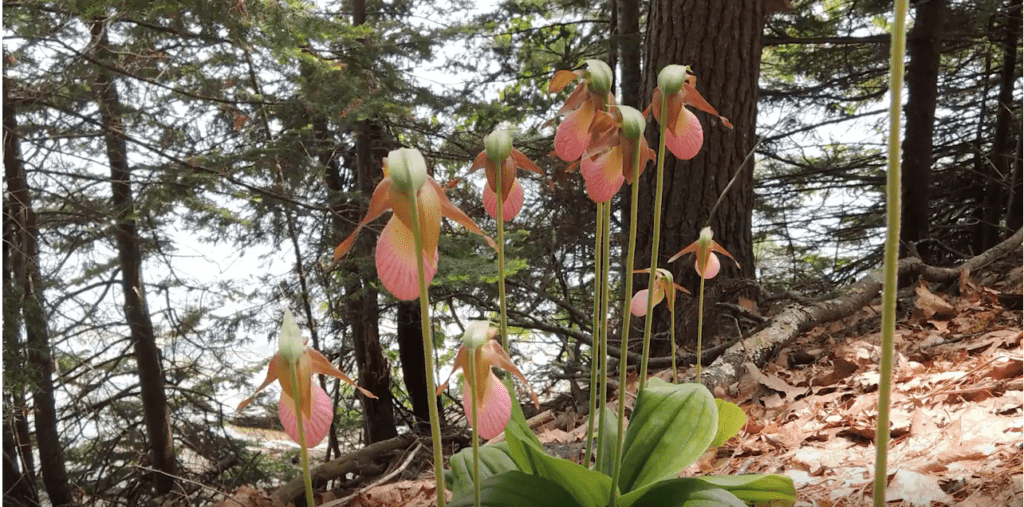
Flowers look so innocent. But just like humans, they can be manipulative and very picky about their mates, as illustrated by ladyslippers and irises, two common bumble-bee pollinated plants.
Nature Moments are produced by Nat Wheelwright and Wilder Nicholson, with help from Genie Wheelwright, Paul Benham, Tom Porter, and Rebecca Goldfine.
View all Nat’s Nature Moments videos – and subscribe to receive them in your inbox (select “Maine’s Naturalist”).
